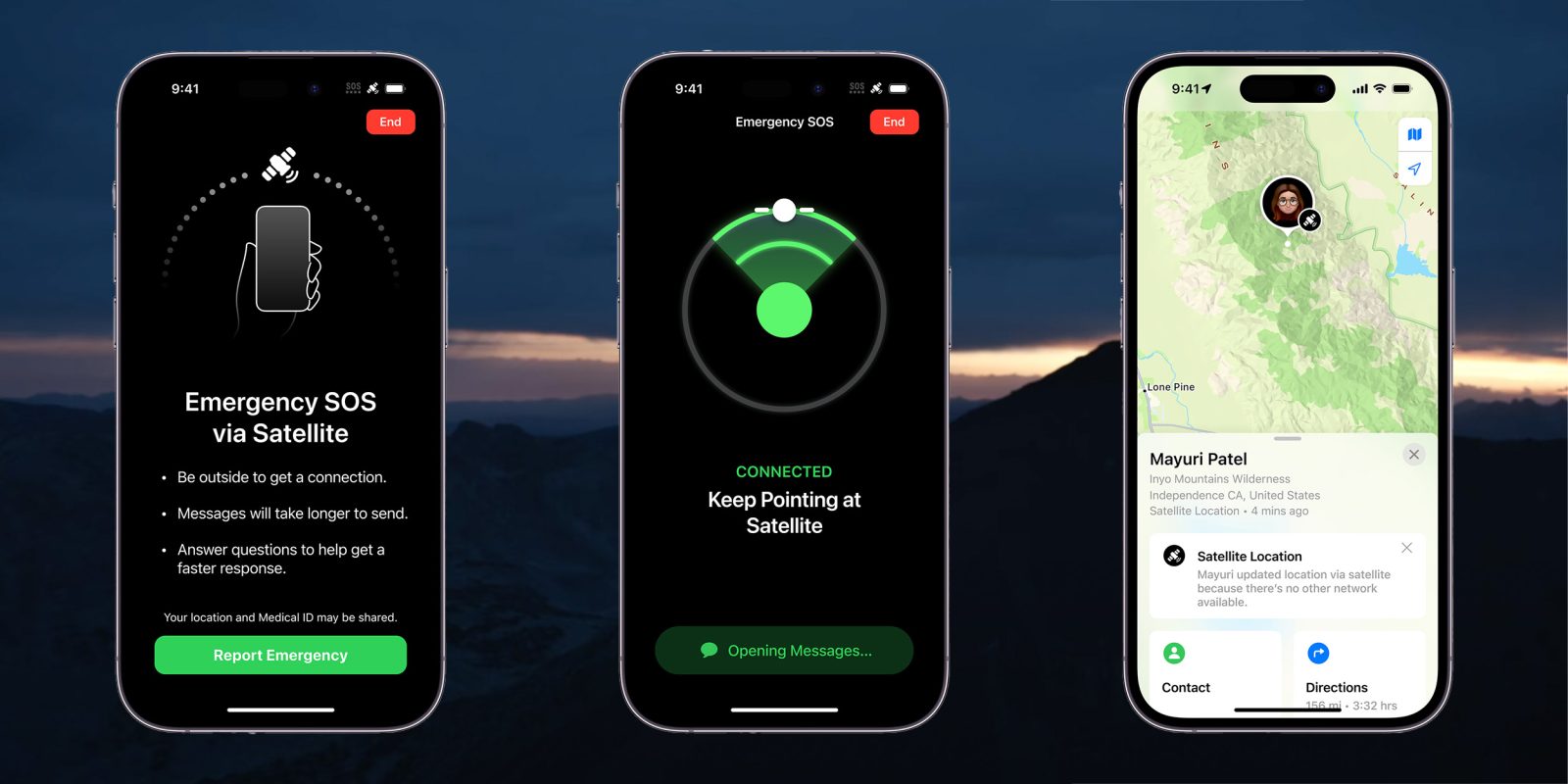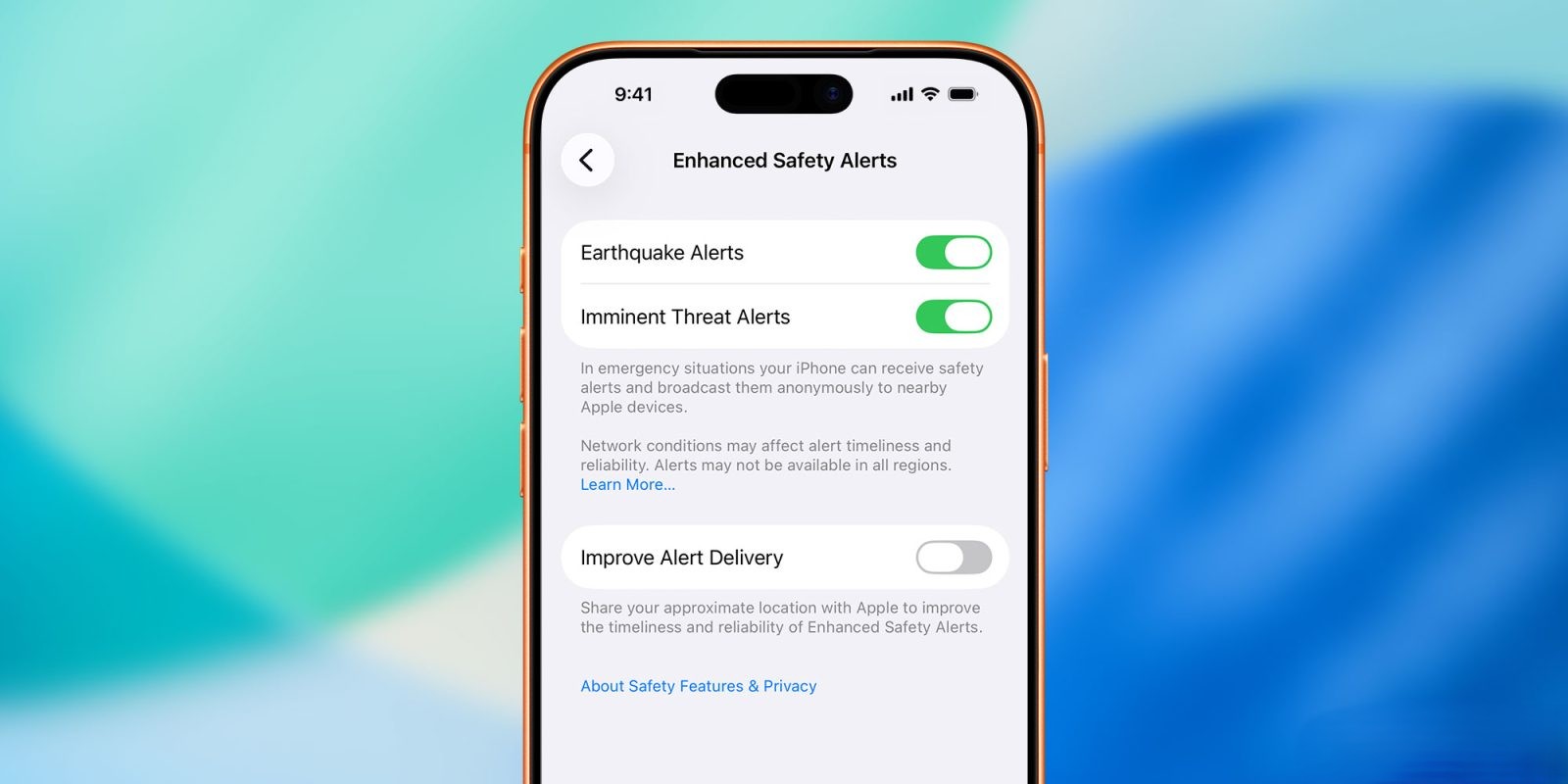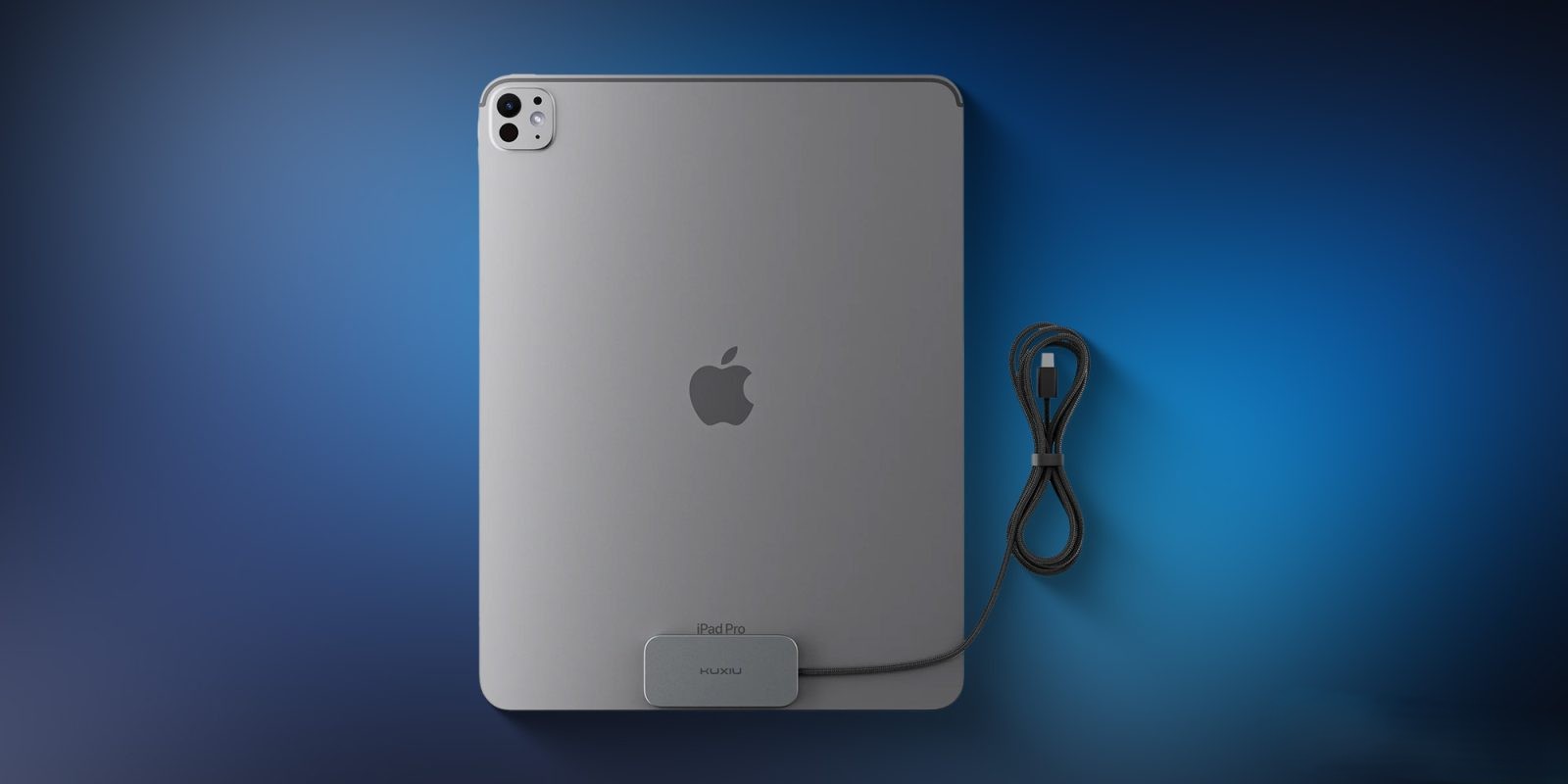Apple has announced the forthcoming expansion of its Emergency SOS via satellite feature to Mexico, slated for later this year. This development marks a significant enhancement in safety capabilities for iPhone and Apple Watch Ultra users in the region, enabling them to communicate with emergency services even in areas devoid of cellular or Wi-Fi coverage.
Understanding Emergency SOS via Satellite
Introduced with the iPhone 14 series in 2022, Emergency SOS via satellite is designed to assist users during emergencies when traditional communication methods are unavailable. This feature allows users to send text messages to emergency services by connecting directly to satellites, ensuring help is accessible even in remote locations.
Current Availability and Expansion
As of now, Emergency SOS via satellite is operational in several countries, including:
– Australia
– Austria
– Belgium
– Canada
– France
– Germany
– Ireland
– Italy
– Japan
– Luxembourg
– The Netherlands
– New Zealand
– Portugal
– Spain
– Switzerland
– The United Kingdom
– The United States
The upcoming launch in Mexico will extend this critical service to a broader audience, building upon the existing Messages via satellite and Find My via satellite functionalities already available in the country.
Device Compatibility
The feature will be accessible to users with the following devices:
– iPhone 14 and later models, including:
– iPhone 17
– iPhone Air
– iPhone 17 Pro
– iPhone 17 Pro Max
– Apple Watch Ultra 3
How It Works
In situations where cellular and Wi-Fi networks are unavailable, users attempting to contact emergency services will be prompted to use the Emergency SOS via satellite feature. The process involves:
1. Initiating Contact: Attempt to call or text emergency services. If no network is detected, the device will suggest using satellite communication.
2. Answering a Questionnaire: A series of questions will appear on the screen to gather essential information about the emergency, such as the nature of the incident and the number of people involved.
3. Connecting to a Satellite: The device will guide the user to position it correctly to establish a satellite connection. This may involve pointing the device in a specific direction and ensuring an unobstructed view of the sky.
4. Sending Information: Once connected, the device transmits the user’s responses, location (including elevation), Medical ID (if set up), and remaining battery life to an Apple-trained relay center.
5. Relay to Emergency Services: The relay center communicates the information to local emergency services on behalf of the user.
Additional Features
Beyond emergency communication, the satellite functionality offers:
– Find My via Satellite: Users can share their location with friends and family through the Find My app, providing peace of mind when traveling off the grid.
– Messages via Satellite: Enables sending short messages to contacts when traditional networks are unavailable.
Cost and Availability
Emergency SOS via satellite is offered free of charge for two years following the activation of an eligible device. This complimentary period has been extended for existing iPhone 14 and iPhone 15 users, reflecting Apple’s commitment to user safety.
Real-World Impact
Since its inception, Emergency SOS via satellite has been instrumental in numerous rescue operations. Notable instances include:
– Colorado Climber Rescue: An injured climber in Colorado was saved after using the feature to contact emergency services.
– Utah Canyon Rescue: A group of college students trapped in a 500-foot deep canyon in Utah utilized the service to alert authorities, leading to a successful rescue.
– Maui Family Rescue: A family stranded in Maui was located and rescued thanks to the satellite communication feature.
Preparing for Use
To ensure readiness:
1. Set Up Medical ID: In the Health app, input critical medical information and emergency contacts. This data is shared with emergency services during an SOS call.
2. Familiarize with the Feature: Use the demo available in the Settings app under Emergency SOS to understand how the feature operates before an actual emergency arises.
Limitations and Considerations
While the feature is a significant advancement, users should be aware of certain limitations:
– Environmental Factors: Dense foliage, mountains, or tall structures can obstruct the satellite signal, potentially affecting connectivity.
– Language Support: The service currently supports English, American Spanish, and Canadian French.
– Geographical Constraints: Functionality may be limited in regions above 62° latitude, such as parts of northern Canada and Alaska.
Conclusion
The expansion of Emergency SOS via satellite to Mexico underscores Apple’s dedication to enhancing user safety globally. By providing a reliable means of communication in emergencies, even in the most remote areas, Apple continues to set a high standard for integrating technology with personal safety.



